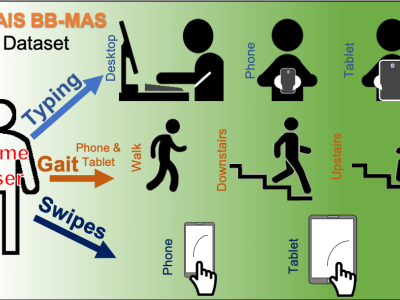Reduced Collatz Dynamics for Integers from 3 to 999999

- Citation Author(s):
- Submitted by:
- Wei Ren
- Last updated:
- DOI:
- 10.21227/hq8c-x340
- Data Format:
 118 views
118 views
- Categories:
- Keywords:
Abstract
The data is reduced Collatz dynamics that is denoted by occurred (3*x+1)/2 represented by "-'' and x/2 represented by "0", during the process from a starting integer to the first integer less than the starting integer. The format is: starting integer, binary representation, the count of (3*x+1)/2, the count of x/2, the reduced dynamics represented by "-'' and "0", the ratio - the count of x/2 over the count of (3*x+1)/2.
E.g., 3 11 2 2 1.0000000 --00, 7 111 4 3 0.7500000 ---0-00. The data file presents starting integer from 3 to 999999. As reduced dynamics is "0" for x=0 mod 2 and is "-0" for x=1 mod 4, we only output x=3 mod 4 in the data file.
Instructions:
The format of data is:
starting integer, binary representation of the starting integer, the count of (3*x+1)/2, the count of x/2, the reduced dynamics represented by "-'' and "0", the ratio - the count of x/2 over the count of (3*x+1)/2.
E.g., 3 11 2 2 1.0000000 --00. It means that the reduced dynamics for 3 is --00, which means that (3*x+1)/2, (3*x+1)/2, x/2, x/2. Indeed, reduced dynamics for 3 is 3 ->10 -> 5 -> 16 -> 8 -> 4 ->2.
As 2<3, reduced dynamics for 3 is obtained.
7 111 4 3 0.7500000 ---0-00. It means that the reduced dynamics for 7 is ---0-00, which means that (3*x+1)/2, (3*x+1)/2, (3*x+1)/2, x/2, (3*x+1)/2, x/2, x/2. Indeed, reduced dynamics for 7 is
7 -> 22 -> 11 -> 34 -> 17 -> 52 -> 26 -> 13 -> 40 -> 20 -> 10 -> 5.
As 5 <7, reduced dynamics for 7 is obtained.






